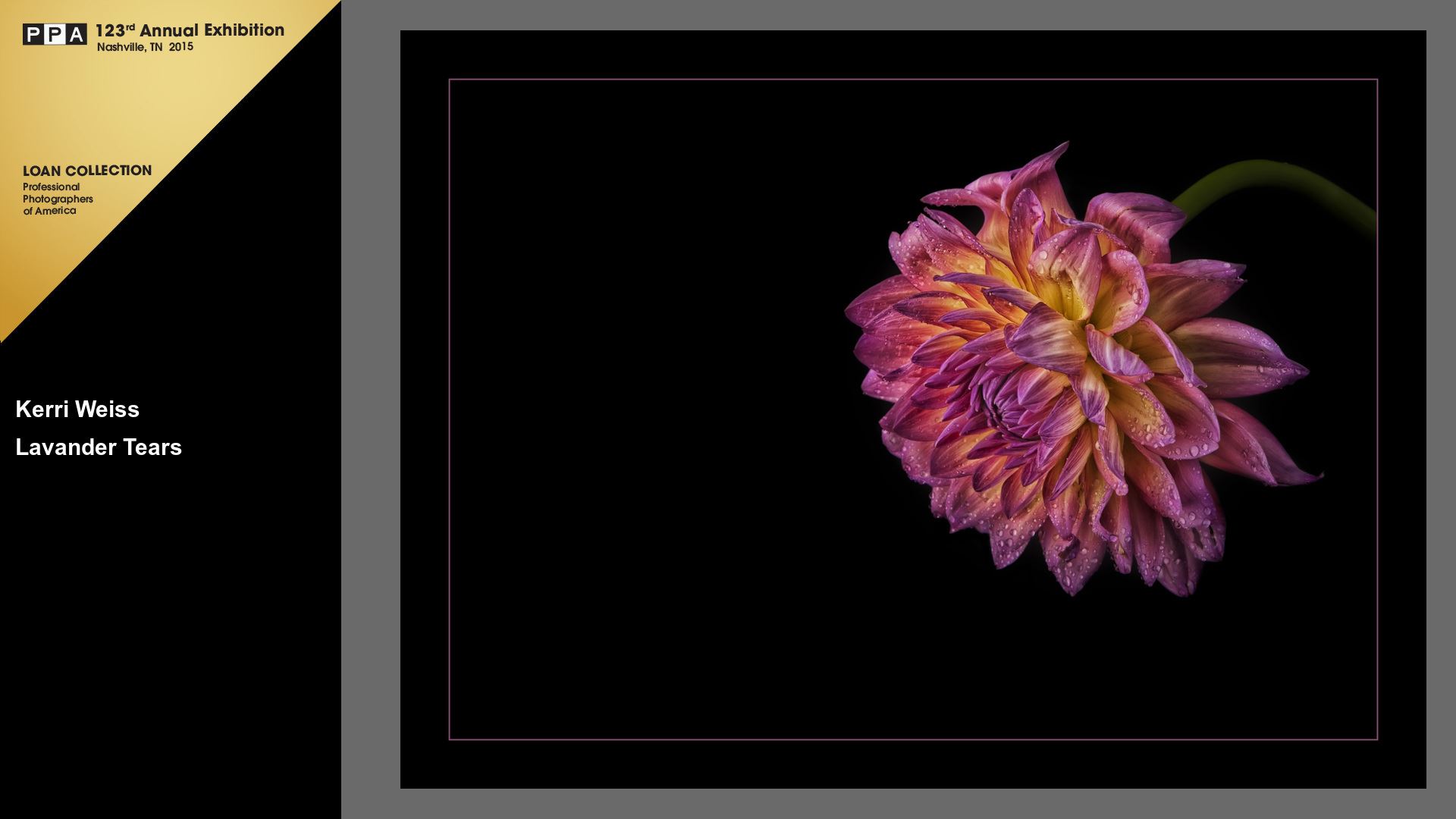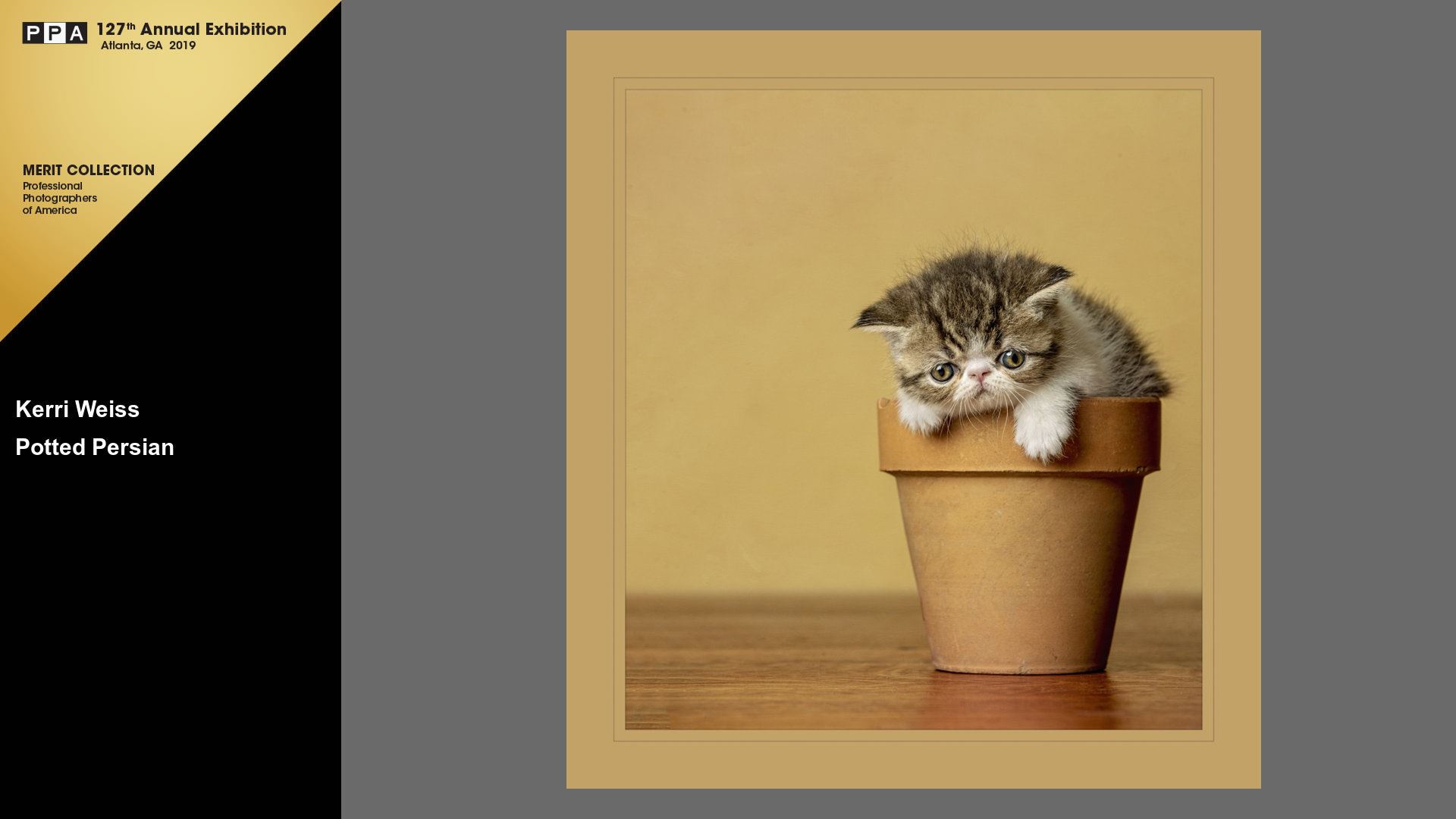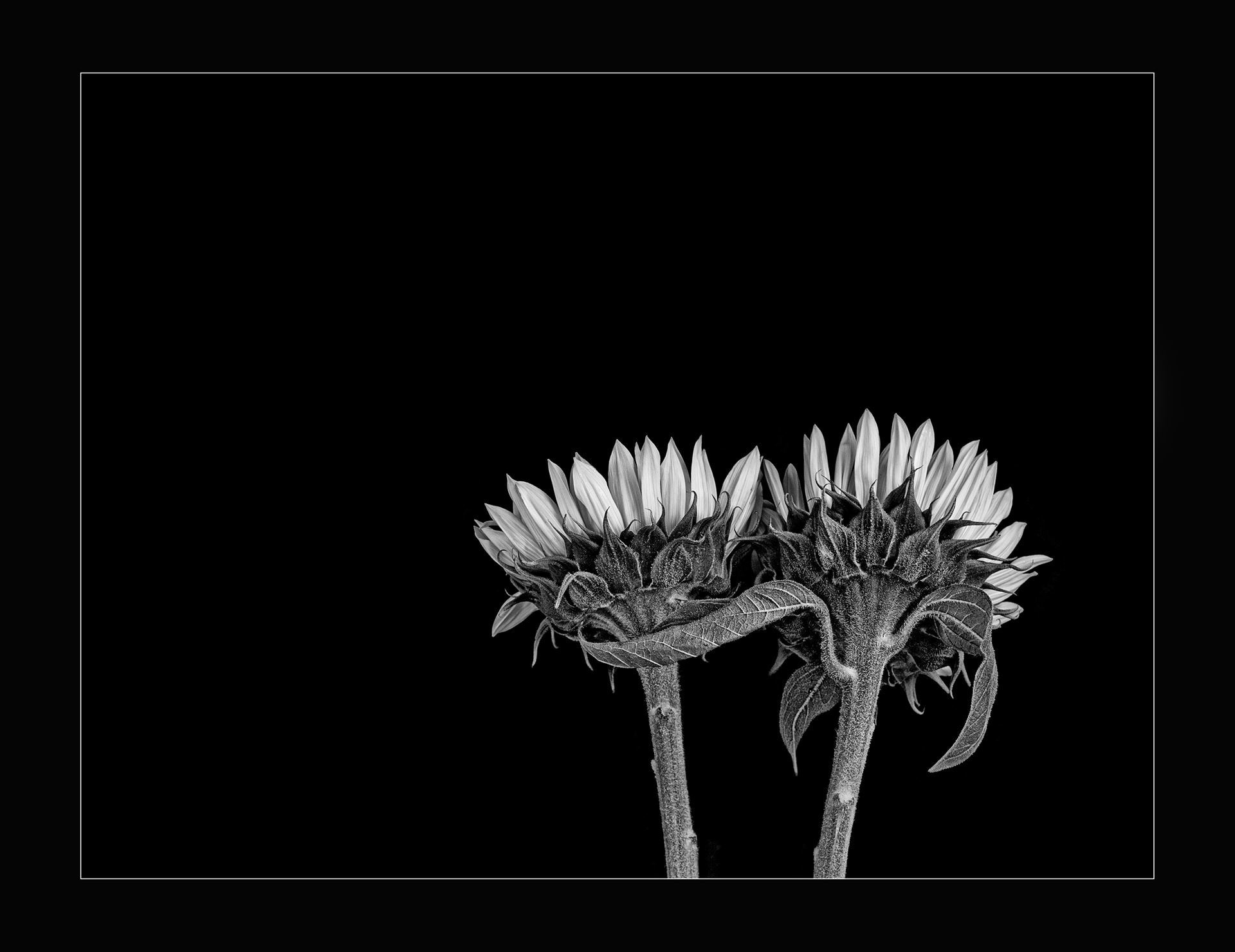Print State Photography Competitions.
Why should I compete?
Hi PPANI - I miss our in person meetings and am looking forward to the day we can be together and encourage each other to learn and grow. I just want to reach out and encourage all of us to compete in Print Competition in 2021.
First I want to apologize for letting myself get lazy and not entering print competition (note to self)
Ok, let’s move on. A little bit about me: I joined PPANI in 2007 but didn’t enter print competition until 2012. I heard over and over it would make me a better photographer. One day I woke up and said to myself ‘oh my gracious Kerri, you're not going to die - just do it’ lol. Since then I’ve failed and succeeded.
Always learning.
I’ve enjoyed earning Bronze, Silver, Gold & Diamond awards at PPA’s International Print Competition. I’ve been the recipient of a Fuji Masterpiece Award & nominated for a GIA.
None of this would have happened if I would not have put myself out there. I’m not special just persistent.
Last year I didn’t compete at all and so this year I know that I need to get back in the saddle and to help others grow and be encouraged.
To make a long story short - knowing the 12 elements of a merit print helps me in all of my photography. It helps me focus and see things in a way I might not have seen before. It helps me take risks. It helps me desire to grow and learn. It keeps me humble.
One of the best pieces of advice I was given was: “don’t go for merit, go for 100” Let’s make this February the best PPANI print competition ever. And this year we have the ASP award for the highest scoring print for those of you are a an ASP member.
Kerri Weiss Master Photog., Craftsman, CPP
12 Elements of a Merit/Loan Print
What does it take to get your photograph into the prestigious Loan Collection? Images in PPA’s International Photographic Competition are judged on 12 criteria. Master these and you win not only PPA merits but a spot in the Loan Collection exhibit.
1. Impact Viewing an image for the first time always evokes some kind of feeling. Sometimes they can make us sad, happy or angry. Sometimes they force us to look inward at ourselves. That’s called an impact, and the more powerful the image, the more powerful the emotional response of the viewer.
2. Technical Excellence This is the print quality of the actual image itself as it’s presented for viewing. There are a lot of aspects that speak to the qualities of the physical print. These can include: • Retouching • Manipulation • Sharpness • Exposure • Printing • Mounting • Color correction
3. Creativity Your point of view is exactly that– yours. And it’s unlike anyone else’s. This element speaks directly to that perspective. It shows your imagination and how you used the medium to convey an idea, a message or a thought to the viewer. This is how you differentiate yourself from others.
4. Style There are many, many ways to apply this element to your work. Maybe you use light in a specific way on a subject, or maybe you make a technical decision for the express purpose of underscoring desired impact. When subject matter and style come together in an appropriate manner, the effects on an image can be spectacular. But remember, when subject matter and style don’t work together, the results can be, well, less-than-spectacular.
5. Composition When all the visual elements of an image come together to express intent, that’s when the magic of composition happens. Good composition captures a viewer’s attention and directs it where you, the artist, want it to be. Depending on your intent, you can make something that pleases the viewer– or disturbs them.
6. Presentation 12 Elements of a Merit/Loan Print How you showcase an image is just as important as how you compose it. Everything in the presentation should work to enhance your image and not distract from it. Keep this in mind when choosing mats, borders and everything in between.
7. Color Balance Proper color balance can bring a sense of harmony to an image. When the tones all work together to support an image, the emotional appeal is that much greater. But color balance doesn’t have to be used to bring harmony to an image. You can use color balance to evoke any number of feelings from a viewer. The choice in how to take advantage is entirely up to you, but no matter what, be sure your choice enhances rather than distracts.
8. Center of Interest This is where an image’s creator wants a viewer’s attention focused. Sometimes there can be a primary and a secondary center of interest. Sometimes everything in an image will work together to create that center of interest.
9. Lighting The use and control of light has an effect on every aspect of an image. It informs dimensions and shape, it sets tone and mood, and, like every other technique, proper lighting can be used to enhance your image while improper lighting can detract from it.
10. Subject Matter Even though it lacks words, your image is still telling a story, and your subject matter is central to that. So make sure that your subject matter is right for the story that you’re trying to tell.
11. Technique How you choose to execute your image is key. It’s also a holistic decision. Technique informs everything in the creation of your image. From lighting and posing to printing and presentation, it all works to show off the techniques that you’ve mastered and applied to your craft.
12. Story Telling What does your image evoke in a viewer’s imagination? What do you want your image to evoke in a viewer’s imagination? Keep in mind: You are creating art. And while the act of creating is a personal thing, so too is the act of viewing. Your image is a story, and the one it tells your viewer may be one you never knew you were telling





